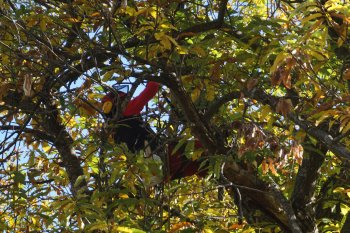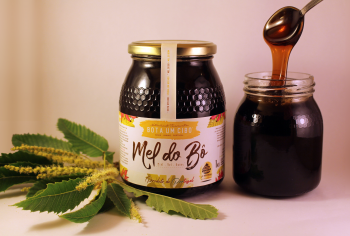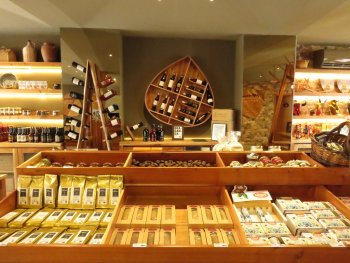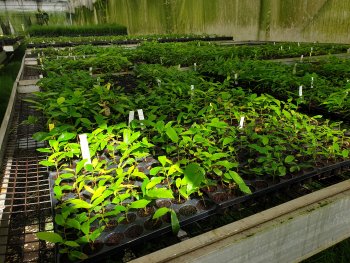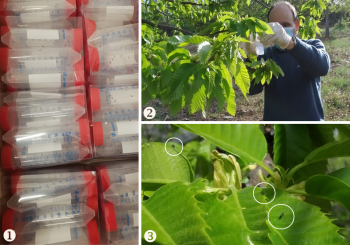Chestnut breeding for resistance to root rot/ ink disease
Submitted by alexandrac on 22 June 2020European chestnut has a great economic impact in the rural economy of mountainous regions of southwest Europe. The main threats for this important crop are pests and diseases, being the most important root rot, blight disease and gall wasp. Root rot, caused by Phytophthora cinamomi (Pc), is the most severe disease which impact negatively the production of chestnut orchards, which are important for its edible nuts.
The main objective is to release a new product to the market: new genotypes with improved resistance to Pc, selected from the breeding program on course, to be...


